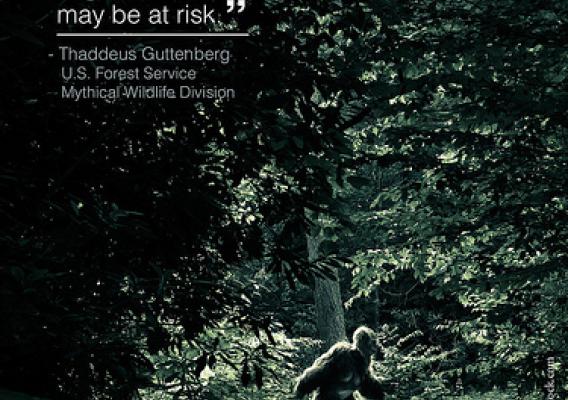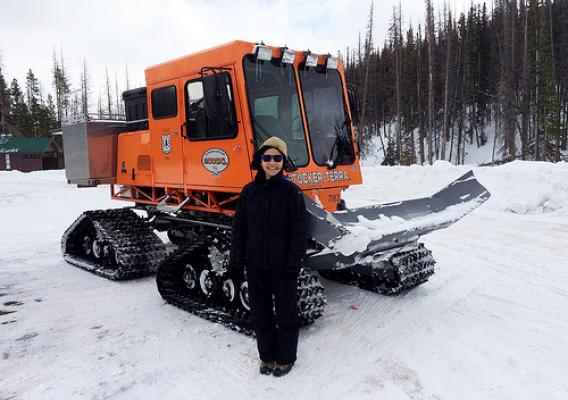It’s a cool 37 degrees Fahrenheit as Alex Royo and I step out of the Forest Service truck and on to the muddy forest road. With the meteorologist calling for sun and a high of 66 degrees by lunchtime, I am already faced with the day’s toughest decision – do I keep my warm jacket on or leave it in the truck? Either way, half of my 3.5-mile hike is going to be uncomfortable. A quick glance at Alex reveals that he has opted to leave his jacket behind. As we walk into the forest, I can’t help but notice the contrast of colorful spring beauties and trout lilies against the dull brown forest floor. And already, there is the object of my hike -- deer pellets. To find pellets so early in the day one has to wonder, just how many deer are out here?
That’s the question that vexes hunters, scientists, and land managers throughout Pennsylvania and beyond. Each and every spring, a small army of individuals from the USDA Forest Service’s Northern Research Station, the Allegheny National Forest, multiple private land managing partners, and volunteers hike hundreds of miles of Pennsylvania’s forests to help determine how many deer the forest holds by counting the most visible part of a deer – deer pellets, which is the nicest term for deer waste.










